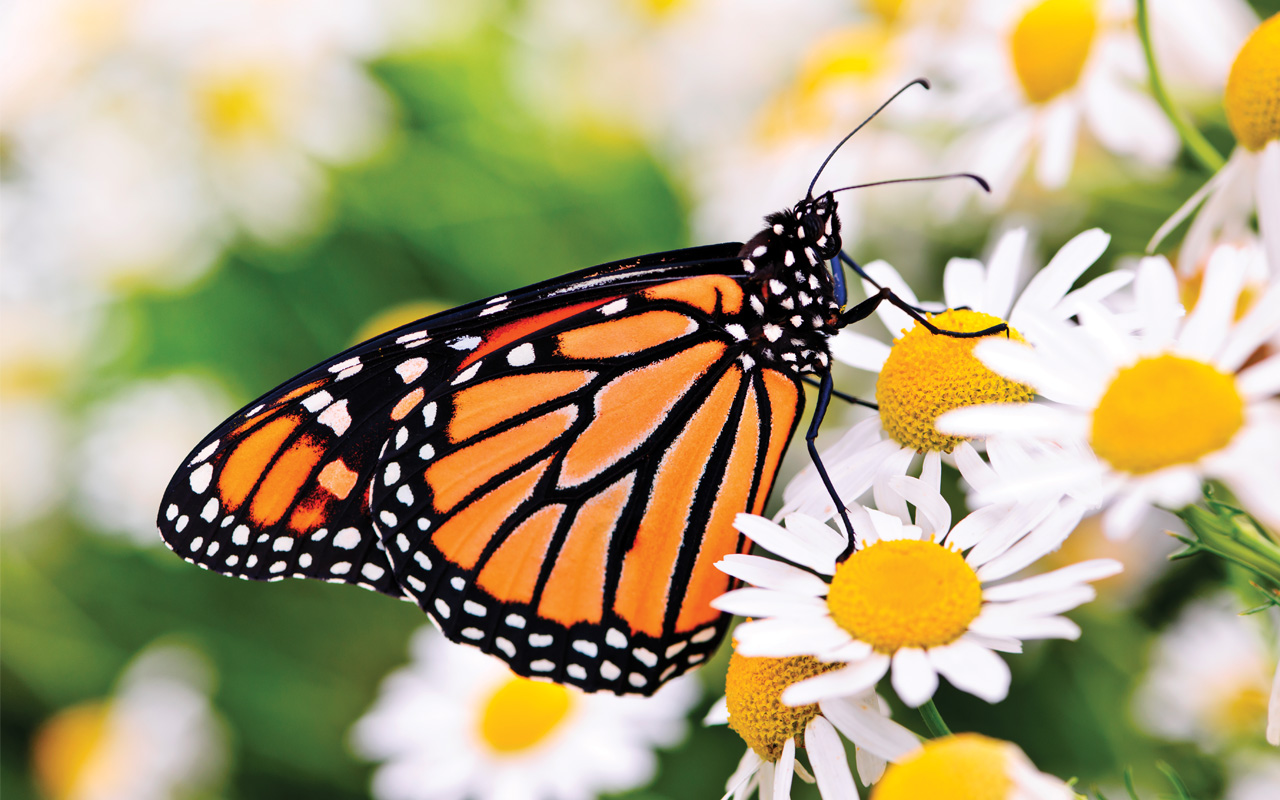
Pollinators are critical to a healthy, thriving natural environment. Bees, birds, butterflies, flies, moths, beetles, wasps and bats, are our friends, and any obstructions we create that prevent them from doing their vital work – will hurt us environmentally.
Why is it important to have a variety of pollinators?
Pollinators may visit a variety of flowering plants, while certain plants may be pollinated by a range of pollinators. As such, pollinator diversity provides some insurance, in case certain pollinator species are absent in some years. Additionally, some plants and pollinators have co-evolved to have interdependent morphological, behavioral, or phenological traits. Consequently, some plants may require certain types of pollinators to successfully reproduce.
Threats to Pollinators
Evidence points to a general reduction in pollinator diversity and abundance across multiple spatial scales, worldwide. In the USA, some hummingbird, butterfly, and bat species are in decline. One quarter of all bumble bee species are threatened. Other pollinators have experienced catastrophic declines, such as the western population of monarch butterflies, which has experienced a 99% reduction since the 1980s. Habitat loss is one of the major threats to pollinators. Pesticide use, disease, parasites, and non-native species also pose risks to pollinators. Climate change amplifies the effects of these stressors on pollinators, including potentially shifting the ranges of plant species and the timing of flowering.
How can We Help Pollinators?
Habitat loss is one of the greatest threats to pollinators. Habitat protection and restoration are important for supporting pollinator populations. In addition to protecting and restoring large tracts of undeveloped habitats, habitat protection and restoration can include planting hedge rows on farms, cultivating pollinator habitats in our home gardens, and contributing to urban greening efforts. Furthermore, creating pollinator habitats along roadsides or riparian corridors helps increase connectivity between patches of habitat and along migratory routes. Pesticides contribute to declines in pollinator populations, even when pollinators are not targeted.
Wild Bees
Wild bees need our help. Many populations are declining due to habitat loss, disease and pesticide poisoning. Domesticated honeybees managed for honey production and agricultural services are also struggling. As our most important pollinators, bees provide one-third of the food we eat. They also allow wild plants to reproduce and produce berries, fruits and seeds. Bee losses pose a risk to our life support systems. Every species is beneficial to plants.
Bumble Bees
Bumble bees are critically important because they pollinate a wide range of plants over the life cycles of their colonies, which typically live longer than most native solitary bee species. They are also one of the few types of pollinators that are capable of buzz-pollination (vibrating at a frequency that releases pollen from particular plant species). Globally, many bumble bee species are in decline, and scientists are working to address this.
Western Monarch Butterfly
There is a 50-year Western Monarch Conservation Plan in operation that establishes goals for population size and habitat conservation, strategies, and actions for monarch butterflies overwintering along the California coast and breeding throughout the western US. This plan includes restoring breeding habitats (milkweed) and migratory resources (flowering plants) on over 1,700 acres across the coast range and Central Valley.
Bats
Although most of California’s 25 bat species are insectivores, two species, the long-nosed bat, and the Mexican long-tongued bat primarily forage on nectar and pollen. These species are important pollinators of agaves and large cacti in southwestern USA.
Fill your Garden with Flowers, Shrubs and Trees
Pollinators rely on blooming wildflowers, shrubs and trees to provide food — nectar and pollen. Flowers should blossom over the seasons, from early spring to late fall. Choose a diversity of native species of all shapes and sizes. Plant big patches (think bull’s eyes) of each for more efficient foraging (less distance for bees to travel). Avoid herbicides that kill nectar-producing plants such as clover, creeping thyme and dandelions. Get your garden off grass since it’s a wasteland for pollinators (and most wildlife).
Plant Native Species
Some native bees can only feed on pollen from specific groups of native plants. They’re great garden choices, because they’re adapted to local soil and weather conditions. If you plant them in the right spot, they’ll thrive with no extra watering, fertilizers or chemicals.
Make a Bee Bath
Bees will drown in ponds or large water spaces. Use a shallow plate for a bee bath. Place at ground level where you’ve noticed bee activity. Place a few flat stones in the plate to create landing pads or islands and safe places to crawl out should they fall in. Add fresh water but don’t submerge the stones. Birds and butterflies will use it, too. Replace the water every few days to eliminate mosquito larvae. Your creation will also combat pests, so place the bee bath near sick plants to attract aphid eaters like ladybugs.
Mining Bee Ground Nesting.






